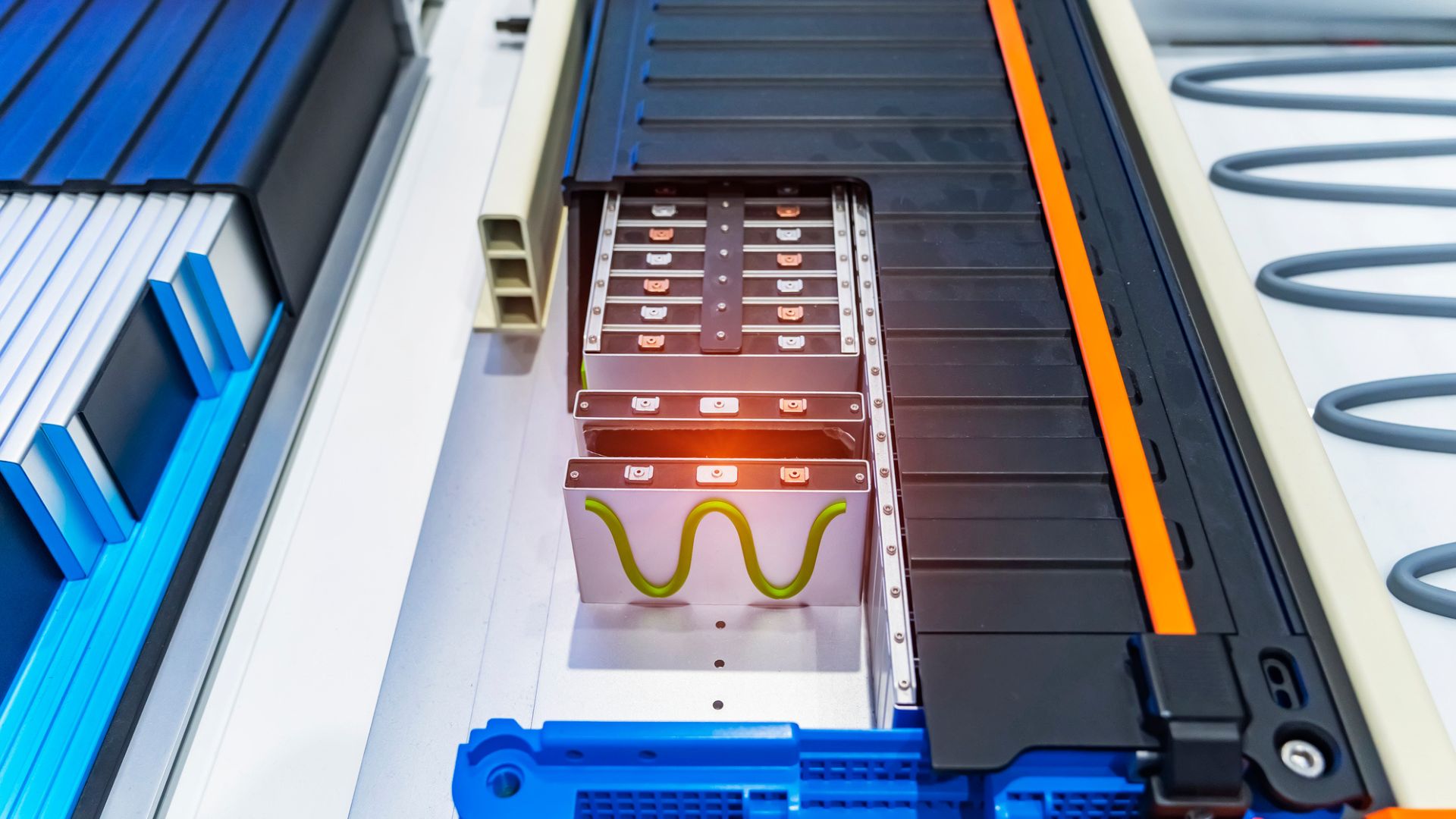MIT maps lithium’s hidden speed limits to unlock next-gen EV batteries

Source: interestingengineering
Author: @IntEngineering
Published: 10/2/2025
To read the full content, please visit the original article.
Read original articleMIT researchers have developed a new model called the Coupled Ion-Electron Transfer (CIET) model that redefines the fundamental chemical reaction of lithium-ion intercalation in batteries. This reaction governs how lithium ions insert into solid electrodes, directly affecting battery charging and discharging speeds. Previous models, notably the Butler-Volmer equation, assumed ion diffusion was the rate-limiting step, but experimental data often conflicted with these predictions. Using a novel electrochemical technique involving repeated short voltage bursts, the MIT team precisely measured intercalation rates across over 50 electrolyte-electrode combinations, including common battery materials like lithium nickel manganese cobalt oxide and lithium cobalt oxide.
The study found that lithium intercalation rates are significantly slower than previously thought and are controlled by the simultaneous transfer of both lithium ions and electrons to the electrode—a process described by the CIET model. This coupled transfer lowers the energy barrier for the reaction and is the true speed-limiting step in battery operation. The insights from this
Tags
energylithium-ion-batterieselectric-vehiclesbattery-technologymaterials-scienceelectrochemistryenergy-storage